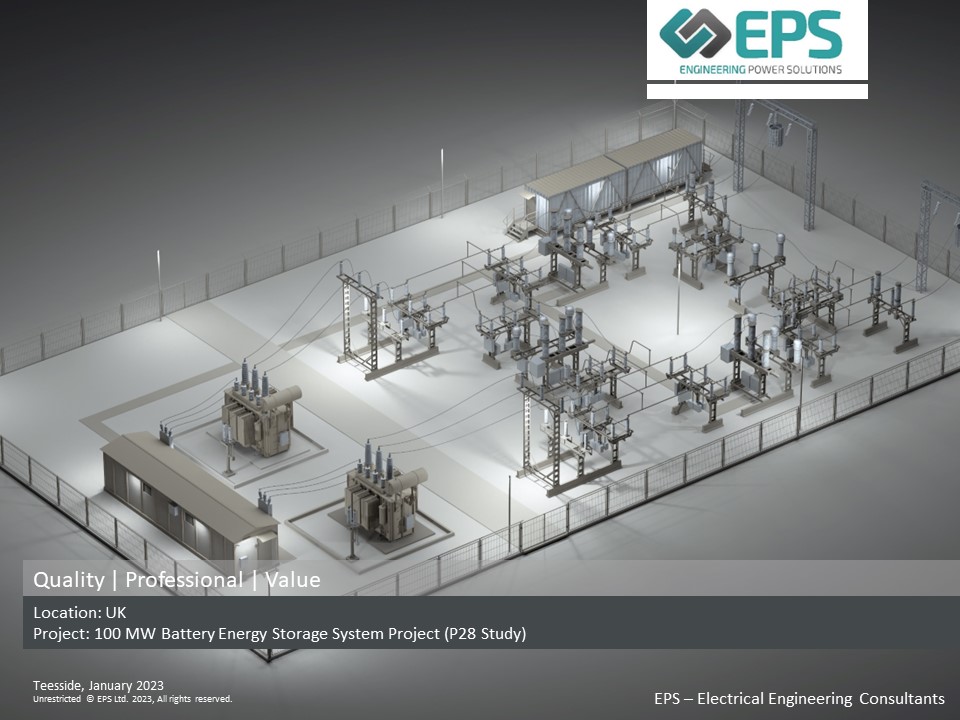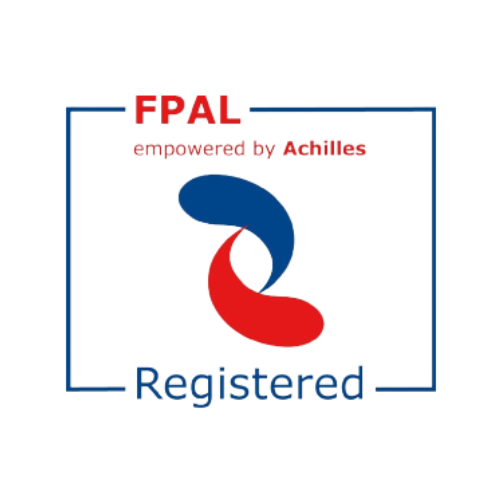In order to generate electricity from a power system, operators must adhere to various regulations established by the Distribution Network Operator (DNO). The key elements of compliance are laid down in the Standard P28 ‘Planning Limits For Voltage Fluctuations’. A ‘P28 study’ is carried out to determine whether or not a power system and any related equipment meets DNO requirements for voltage fluctuations, highlighting any areas of deviation.

What Is Involved In a P28 Study?
P28 studies are used to determine the maximum and minimum voltages that can be tolerated by electrical equipment without adversely affecting its performance. Typically motors with frequent starting or energising transformers are generally analysed for a P28 study. The study is conducted by recording voltage measurements at various points along the electrical grid, and then analysing the data to identify any trends or patterns in voltage dips or fluctuations. Alternatively, a power system model can be developed which can be used to analyse the transient response during a motor start or transformer energisation. According to the P28 Standard, the maximum permissible voltage dip is 3% for less than 10 minutes of energisation, and 1% for regular energisation.
What Causes a Voltage Dip?
There are four main factors that can cause a voltage dip in an energised system: equipment rating, design parameters, network strength and the point where energisation occurs.
- Equipment rating is the most common cause of voltage dips, as it determines the maximum amount of power that can be drawn from the system. If equipment is overloaded, it can lead to a dramatic and sudden drop in voltage.
- Design parameters can also cause fluctuations if they are not correctly configured. For example, if your system is not designed to handle a sudden increase in power demand, this can lead to an unexpected dip in voltage.
- Network strength is another determining factor: If your power network is not strong enough to support the power demands of networked equipment, this can also lead to a drop in voltage.
- The point where energisation occurs is also important, as this determines how quickly power is drawn from the system. If energisation occurs at a point where there is already a high demand for power, a fluctuation in voltage can occur.
Why is P28 Compliance Important?
P28 studies are important in ensuring that electrical equipment can withstand the rigors of the power grid, and that voltage fluctuations do not cause damage or disruptions. P28 studies are, therefore, a crucial part of maintaining a safe and reliable power grid. Without reliable and accurate P28 studies, electrical equipment may be placed at risk of being damaged or destroyed by voltage fluctuations. Therefore, investing in a P28 study for all energised equipment when used for the first time will help ensure the safety and reliability of the power grid, and protect your investment in electrical equipment.
How Long Does a P28 Study Take?
A P28 study can range in time from a day or two to multiple weeks, depending on the complexity of the study, and is often a significant obstacle to obtaining DNO approval. If your P28 study doesn’t meet DNO requirements, then they may insist on changes to equipment and required voltage levels, which may add additional expenses and delays to your project.
DNO P28 Compliance Support From EPS
Engineering Power Solutions are on-hand to assist with all power system analysis requirements and power systems studies including P28 Studies, to provide outstanding engineering solutions. Our team of experienced engineers will work with you to implement safe and effective power distribution systems on your project, and help facilitate a successful P28 study in full compliance with DNO guidelines. Please contact us to find out more.










